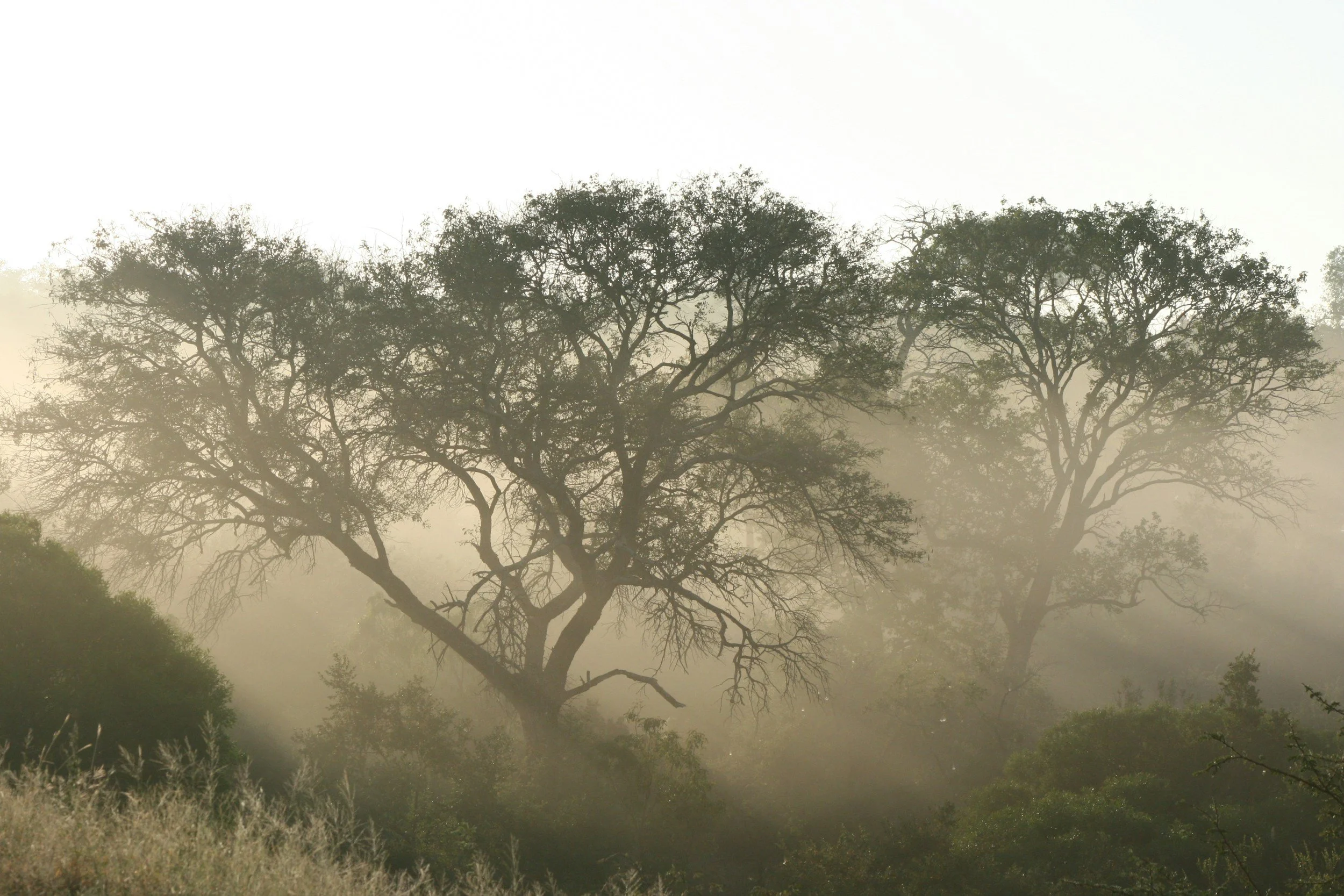The Ghost of Andujar
A four-day trip filled with excitement and adrenaline. I was going to find the Iberian Lynx, one of the most endangered wild cats and only found in Spain and Portugal.
In 2002, 94 were left. Hunting, destruction of habitat, low levels of prey base and road kills were some of the reasons the population dropped to border line extinction. If it was not for global conservation efforts initiated in 2002, supported by the European Commission, this sub-species of the lynx family would have been eliminated a year or two later. Today, there are just over 1,000. Albeit still considered endangered, it is an enormous feat over the last 20 years.
I counted about 30 hours in total that we spent searching for the lynx in the national parks surrounding Andujar, with an estimated population of 200 lynx.
The odds were against us from the start, primarily because the weather took a sudden turn, reaching 25°C (77°F) by 10am; way too hot for the cat to be active. This already limited our window in which they are active. Like most solitary cats, the lynx is territorial and typically take up 70-80 hectares depending on the level of prey base, their favourite being wild rabbit. We had a lot of land to cover. Given their size (about twice that of a domestic cat) and the fact they can almost blend into nature’s flora. Yet another challenge.
We remained optimistic, hoping a little luck would be on our side despite the challenges and having seen no sign of activity over the first two days.
It’s 6.50pm on Wednesday evening and we were leaving the next day. The light is low, and the sun is about to set. We had been sitting in the hide for four hours in silence - waiting, hoping, wishing. I had given up, emotions of frustration and disappointment surfaced (I’m only human). As I started to slowly pack my gear, my peripheral vision caught a dark figure - a juvenile male lynx. We have no idea where he came from, but he stealthy strolled passed our viewpoint. He briefly paused, looked in our direction as he heard my camera shutter release going crazy. And like he appeared from nowhere, he disappeared into the thickets. We were in awe for the whole seven and a half seconds that he allowed us to see him.
I did not get any shots worth talking about and beat myself up because in that brief second he looked our way, I was only able to capture an out of focus shot and another of his body. I did not have a chance to acknowledge what we were experiencing. The initial disappointment of not seeing the lynx turned into disappointment of not getting a great shot. After the adrenaline died down, I smiled. Despite my ambitious goals to capture that money shot, I had to acknowledge the fact we saw this beautiful cat - it is a humbling feeling.
Beautiful purple flowers in focus
This is the life of a photographer. It requires a massive investment, not just financially, but time, mental and patience. You put yourself out there, you take massive risks. It requires a high level of resilience, and you are constantly tested. Sometimes you “fail” and sometimes it hits you hard - much like anything else in life. You question things constantly, you wonder if this path is worth it, despite your accomplishments. But somewhere along the journey, you need to ground yourself and find your path again. This warm feeling of gratitude eventually surfaces - I chose to be a professional wildlife and conservation photographer and there are very few vocations (if any) I would rather be doing, and I am extremely fortunate to be pursuing my creative passion.
As such, I will be going back later this year to find the lynx again. I will keep going. I will make that shot. And I will share it with the world.
I dedicate this to all creatives. Our roles can be fragile and require the deepest human instincts to progress. Keep moving forward, keep challenging yourself and pick yourself up. Your armour is resilience.





